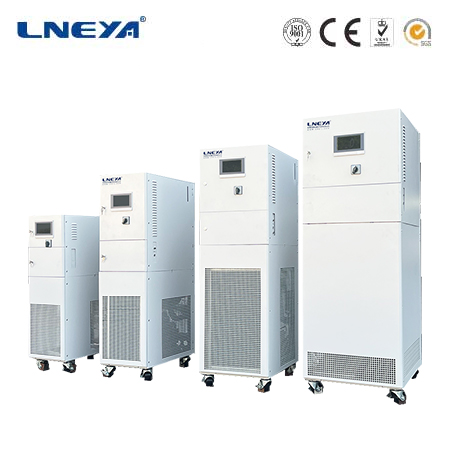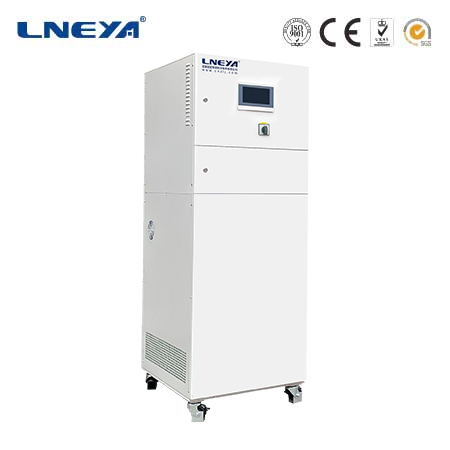thermal testing of electronics
Introduction to Thermal Testing of Electronics
Thermal testing of electronics is a suite of tests designed to assess how electronic components, devices, and systems perform under different temperature conditions. These tests are crucial for ensuring the reliability and longevity of electronic products, which are often subjected to a wide range of temperatures in their operational environments.

Importance of Thermal Testing
Thermal testing is essential because it helps identify potential failure points in electronic components due to thermal stress. It ensures that products can operate within specified temperature ranges and withstand temperature extremes without failure. This is particularly important in industries where electronic reliability is critical, such as aerospace, automotive, and telecommunications.
Types of Thermal Tests
Temperature Cycling: This test involves subjecting components to rapid changes in temperature to identify thermal failure mechanisms and assess the impact of temperature variations on performance.
Burn-in Testing: Components are operated at elevated temperatures and voltages to accelerate potential failures, helping to screen out early life failures.

Highly Accelerated Life Testing (HALT): This test identifies the limits of product durability by applying extreme stress conditions, allowing for the identification of design weaknesses and improvement of product robustness.
Static and Dynamic Tests: Static tests measure passive properties like resistance, capacitance, and inductance without applying a functioning signal. Dynamic tests assess functional performance under operational conditions, such as frequency response and power handling.
Parametric Tests: These tests verify operational parameters against datasheet values, ensuring components meet their specified electrical characteristics.
Standards and Regulations
Thermal testing of electronics is guided by various standards and regulations, such as those provided by ASTM, ISO, IEC, and ANSI. These standards outline the methods and procedures for testing electronic components, ensuring consistency and reliability in testing practices across the industry.
Applications of Thermal Testing

Thermal testing is used in a variety of applications, including:
Quality Assurance: Ensuring electronic products meet high standards through functional testing, stress testing, and defect prevention.
Reliability Prediction: Predicting the lifespan and identifying potential failure modes of electronic components through accelerated aging processes and stress testing.
Environmental Simulation: Simulating real-world temperature conditions to assess how electronic components will perform in their intended operating environments.
Conclusion
Thermal testing of electronics is a critical component of quality assurance and reliability engineering. By subjecting electronic components to a range of temperature conditions, manufacturers can identify potential issues before products reach the market, ensuring that they meet the highest standards of performance and durability. As technology continues to advance, the importance of thermal testing will only grow, particularly as electronic devices are increasingly used in extreme environments.
Related recommendations
oil heater system
671Oil Heater System: Technology, Applications, and Efficiency Oil heater systems are widely used in industries such as chemical, petrochemical, and pulp-and-paper for maintaining process temperat...
View details5 ton chiller compressor price
216Understanding 5 Ton Chiller Compressor PricesA 5-ton chiller compressor (providing 60,000 BTU/hr cooling capacity) is a critical component in commercial and industrial cooling systems. This compre...
View detailsair cooled water chiller
290An air cooled water chiller is a type of refrigeration equipment that plays a crucial role in various industrial and commercial applications. It is designed to cool water by removing heat from it ...
View detailsliquid chillers portable units
550Introduction to Portable Liquid Chillers Portable liquid chillers are compact, movable units that remove heat from a liquid through a cycle of compression, condensation, and evaporation . These...
View details
 LNEYA Thermal Test Chillers
LNEYA Thermal Test Chillers






HelloPlease log in